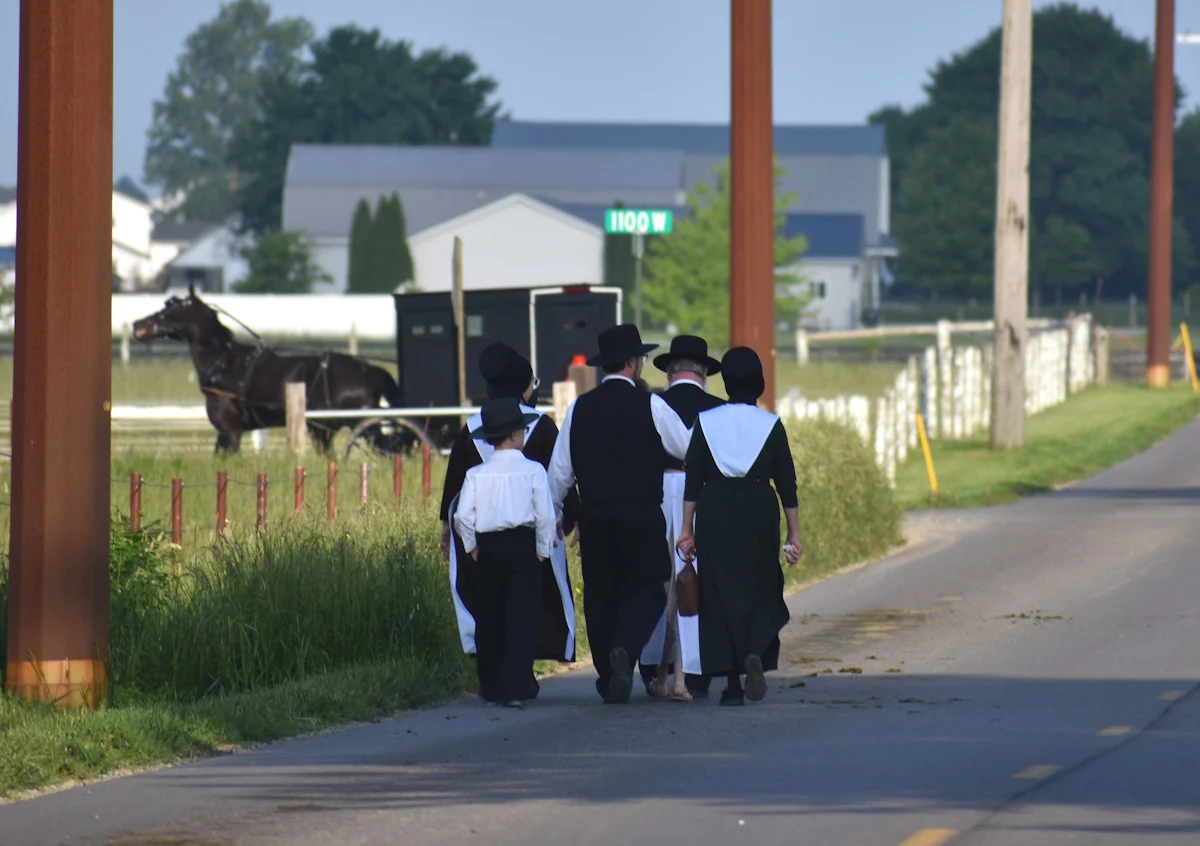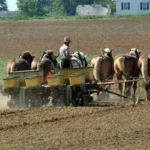Notable Historical Events That Defined the Amish People
The Amish are among the most fascinating cultural and religious communities in the world. Their story spans centuries and continents, marked by faith, migration, and resilience. Understanding the major events that shaped the Amish helps explain how they preserved their identity while the world around them changed dramatically. From their origins in Europe to their peaceful settlements in America, each event played a vital role in defining who the Amish are today.
The Anabaptist Reformation (1525)
The Amish story begins during the Protestant Reformation in the early 16th century. In 1525, a group of reformers in Zurich, Switzerland, broke away from mainstream Protestantism to form the Anabaptist movement. They rejected infant baptism, insisting that faith should be a personal choice made by adults.
This radical belief sparked widespread persecution from both Protestant and Catholic authorities. Many Anabaptists were imprisoned, tortured, or executed for their faith. However, their courage and conviction laid the foundation for what would later become the Amish tradition—a community built on peace, humility, and devotion to God.
The Split Led by Jakob Ammann (1693)
In 1693, a defining moment occurred when Jakob Ammann, a Swiss Anabaptist leader, called for stricter religious discipline. He believed the church should separate more clearly from worldly influences and maintain a higher moral standard.
Those who followed Ammann’s teachings became known as the Amish, distinguishing themselves from the less strict Mennonites. This division created two related but distinct communities that would evolve along different paths. Ammann’s emphasis on simplicity, humility, and community discipline remains central to Amish life even today.

Persecution and Migration to America (1700s)
Throughout the late 17th and early 18th centuries, the Amish continued to face persecution across Europe. Governments imposed fines, imprisonment, and even exile for their refusal to serve in the military or swear oaths. Seeking freedom and farmland, many Amish families migrated to Pennsylvania in the early 1700s.
William Penn’s colony promised religious tolerance, and the Amish found refuge in its fertile countryside. This migration marked a turning point in Amish history, allowing them to build stable communities in a land that respected their way of life.
Establishing the First Amish Settlements (Mid-1700s)
Once in America, the Amish quickly established settlements in Lancaster County, Pennsylvania. They purchased farmland, built homes, and organized local congregations. These early communities became models for future Amish life—close-knit, agrarian, and guided by shared religious values.
Their success encouraged more families from Europe to join them, spreading the Amish presence across Ohio, Indiana, and other states. By the late 18th century, the Amish had firmly rooted themselves in the American landscape.
Industrialization and the Rise of Modern Technology (1800s)
The 19th century brought challenges as America industrialized rapidly. New technologies, urban expansion, and changing social values tested Amish traditions. While other Americans embraced progress, the Amish chose a different path—selective adaptation.
They accepted useful tools that supported their work but rejected technologies that threatened community life, such as electricity and automobiles. This deliberate resistance preserved their rural identity and spiritual focus. It also reinforced the perception of the Amish as guardians of simplicity in an increasingly complex world.
The Great Depression and Community Resilience (1930s)
During the Great Depression, Amish communities faced economic hardship like everyone else. However, their self-sufficient lifestyle helped them endure better than many urban Americans. They relied on farming, craftsmanship, and mutual aid rather than external assistance.
This period highlighted the strength of their community values. While other societies struggled to rebuild, the Amish continued to thrive through cooperation and faith. Their example of endurance inspired respect from outsiders who admired their resilience.
Legal Recognition of Amish Education (1972)
A major event in modern Amish history came with the U.S. Supreme Court case Wisconsin v. Yoder (1972). The court ruled that Amish parents had the right to withdraw their children from public school after the eighth grade for religious reasons.
This landmark decision protected the Amish way of life from government interference and affirmed their right to educate children according to their beliefs. It also symbolized broader respect for religious freedom in America.
The Modern Era of Tourism and Awareness (Late 20th – 21st Century)
As interest in simple living grew, Amish communities attracted global attention. Tourists visited to experience traditional craftsmanship, farming, and culture. While this brought economic opportunities, it also introduced challenges of maintaining privacy and authenticity.
Despite these pressures, the Amish continue to balance openness with preservation. They welcome respectful visitors yet remain deeply committed to their core values — faith, family, and community.
Conclusion
The history of the Amish people is a story of courage, conviction, and adaptation. From persecution in Europe to peaceful life in America, they have faced every challenge with steadfast faith. Each historical event—from Jakob Ammann’s reforms to the Wisconsin v. Yoder ruling—strengthened their identity and unity.
Today, the Amish stand as a living testament to the power of tradition in a changing world. Their history reminds us that simplicity, humility, and community are timeless values worth preserving.



